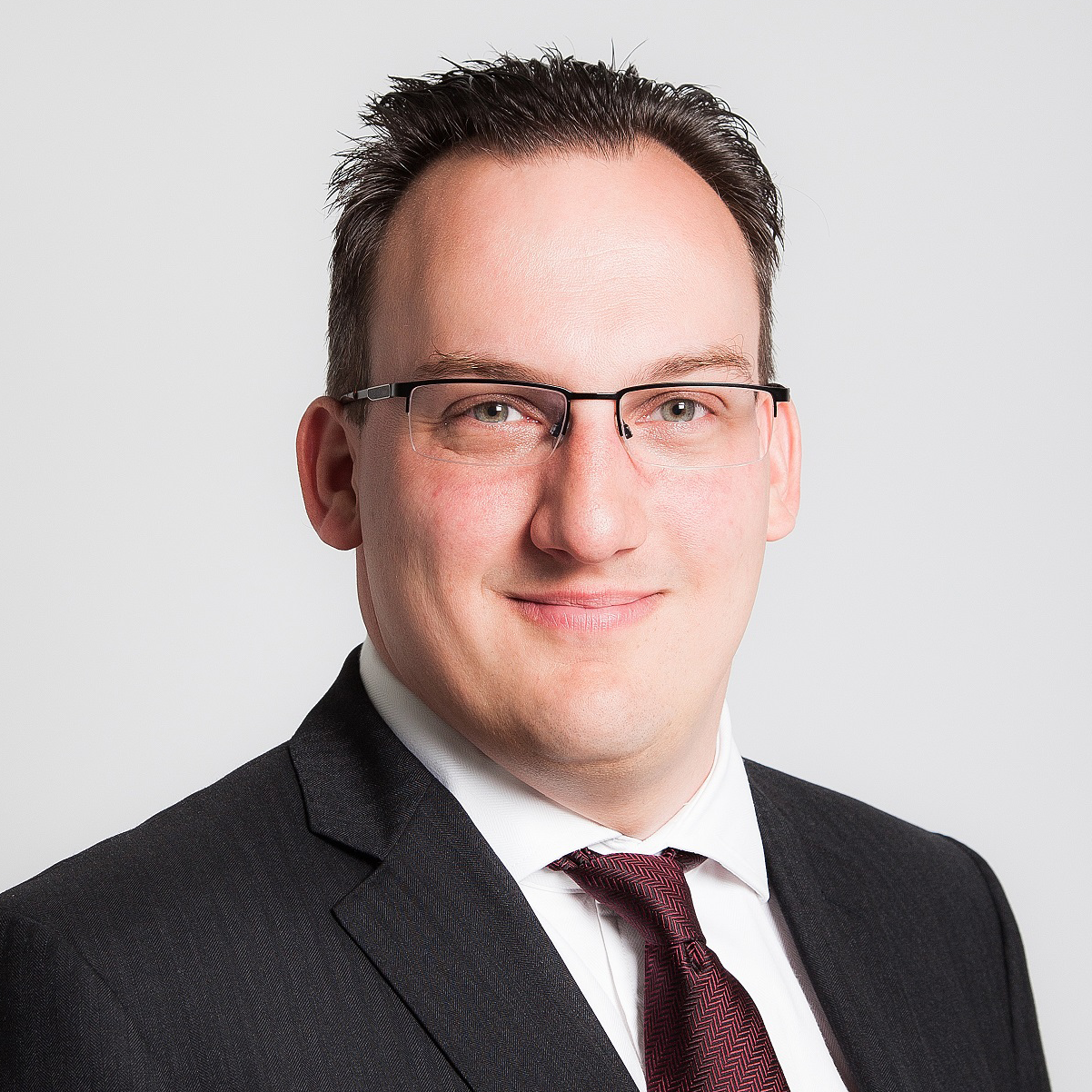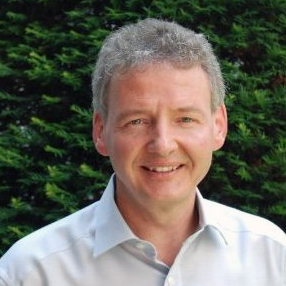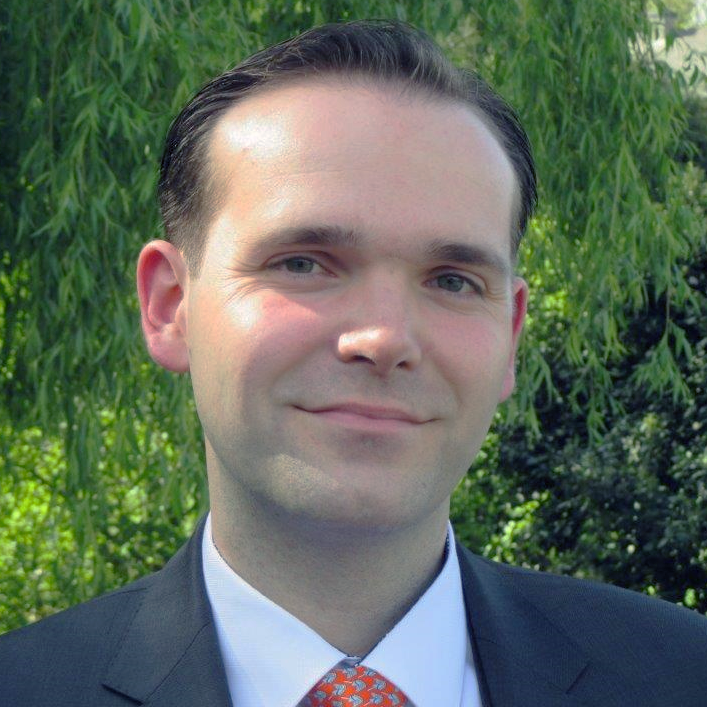- Registration and welcome coffee from 07.45
- Beginning of the Conference 08.30
- Seated Buffet 12.00.
- End of conference: 19.00
- Cocktail Reception: 19.00. Exhibition Hall

CHAIRMAN
Dave Burstein,
Editor,
G.fast News
08.30
EU Gigabit Society 2025 Initiative: Does G.fast Play a Role?
The European Commission announced their updated Digital Single Market (DSM) policy with the strategic goal of a Gigabit Society by 2025.
The key principles include higher speeds (100 Mbps to all), an upgrade path to Gigabit and uninterrupted 5G connectivity. So where does G.fast fit in this environment?

Eric Joyce,
Adtran
Investigating the potentials of the use of massive tiny transmitters in a coordinated array where the number of such transmitters significantly exceeds the number of wires in the shielded binder. This approach essentially treats the binder of wires as a highly complex waveguide in which effectively higher-order transverse/transmission modes could exist and be exploited at sub millimeter wavelengths to open bandwidth possibilities well beyond conventional DSL transmission. We explore this possibility and channel models for it.

John Cioffi,
Professor Emeritus of Electrical Engineering,
Stanford University
Openreach are working to take the UK from being a superfast to an ultrafast nation and have ambitious plans to make ultrafast available using two fibre solutions – G.fast and FTTP. Openreach’s G.fast deployment is supported by BT’s research labs. Giving an update on the breakthroughs in G.fast technology over the past year. Highlighting future evolutions.

Trevor Linney, Head of Openreach Access Technology Research, BT
Trevor is the head of Openreach access technology research within BT TSO, and leads the team responsible for the breakthrough use of G.fast at the cabinet to pass 10 million homes with Ultrafast broadband by the end of 2020. He is now looking at the future of G.fast technology to deliver the next step change in copper capacity and maximising the coverage of superfast broadband via the use of “Long Reach VDSL”. Trevor is a Chartered Engineer and holds Masters degrees in Experimental Physics and Telecommunication Engineering.

Peter Bell, Director Network Portfolio & NGA Operations, Openreach CIO
After receiving a doctorate in Mathematics at Newcastle University, Peter embarked on a career in telecommunications. He has worked for BT for just over 23 years, during which time he has had a major influence on all of BT’s deployments of Broadband. Peter designed and developed BT’s ADSL and ADSL2+ network deployments, which culminated in the extensive take up of service across the whole of the UK. Peter was instrumental in the successful rollout of the Openreach Next Generation Access network (both VDSL and PON) and led the design and development of this platform from its inception. Currently, he is part of the thought leadership team driving the strategy, design and development and implementation of BT’s fourth generation Broadband access technology, G.fast. In addition, he leads the team who monitor, manage and operate Openreach’s Next Generation Access platform.
Overview of Swisscom's UBB strategy towards G.fast and explanation of the deployment scenarios and the network architecture. Highlighting the challenges of deploying G.fast in the live network and handling of CPE's. First lab experiences and approach for cable modelling.

Daniel Burri, Senior Project Manager, Swisscom
Daniel Burri is IPMA certified Senior Project Director at Swisscom. His passion is to lead challenging strategic telecommunication system introduction projects at Swisscom. In the past 20 years he introduced already three generation of optical core/metro transport systems and two generation of copper access systems (VDSL2, G.Vector). Currently hi is responsible for the introduction of the next generation copper access technology (G.fast) into the Swisscom operational network.
The North American deployments are centered on MDU installations and winning in the MDU space. As with all multiple dwelling units the size, cabling, and deployment locations are all different. Presenting the installation photos, placements, and different form factors. Describing two types of DPU products; a hardened sealing device and a rack mountable 1RU device. Centering on the different wiring types in buildings; station wiring, 2-wire, 4-wire, 6-wire, CAT3, CAT5 to each apartment.

Bill Bittancourt, Senior Product Line Leader, Calix Inc.
Bill Bittancourt is a Senior Product Line Manager at Calix with responsibility for copper based Access technologies for FTTN, FTTB, and FTTdp solutions. These products include G.fast and VDSL2/ ADSL2+ solutions for sealed/hardened, fixed form factor, and chassis based solutions. Bill has contributed to the Calix submissions to the WT-301 G.fast standard and has written VDSL2 Vectoring best practice documents (“Vectoring to Win”) as well as worked on cabinet and cabinet retrofit OSP solutions. Prior to joining Calix, he has held strategic product line development and marketing roles for L2/L3 router and remote access server products, proprietary embedded communications solutions, and mainframe computer products at other companies.
Providing an update on G.fast technology learnings (lab and field). Update on wrt 35b vectored VDSL2 technology learnings Specific requirements for both main metallic access technologies (G.fast & VDSL2 evolution) in a Proximus context.

Kurt Coulier, Senior DSL Technology Expert, Proximus
Kurt Coulier is the G.fast technology engineering project lead within Proximus, is responsible for strategic vectored VDSL2 and G.fast technology design aspects and represents Proximus in ITU-T SG 15 WP1 Q4. Since the start of the Proximus FTTCab journey in 2002 he has advised the main Proximus DSL technology choices. Since 2005 he has been responsible for the DSL technology part of all main DSL RFI / RFP / RFQ (DSLAM, CPE modems and master splitters) including technical interoperability ecosystem management. Kurt Coulier joined Proximus in 2000 (then called Belgacom) and holds an MSc in electronics and electrical engineering for telecommunications
Detailing the results obtained during the G.fast field trial performed in Poland. Showing the capability of the technology as well as the customeer feedbacks.

Hubert Mariotte,
Orange
A key requirement of the broadband operators is to deliver G.fast interoperability from the start of deployments, creating an open and competitive market. Previous broadband technologies have greatly benefited from interoperability programs. Understanding this has produced the signature program for the Broadband Forum with G.fast - interoperability Certification.

Frank Van der Putten,
Vice Chair of the Technical Committee,
BBF
Reporting the 2016 coverage numbers for the European Commission. Discussing about the growth of the various technologies by country in the EU (+switz, Norway and Iceland). How is LTE progressing, where is g.fast appearing what are the challenges and mixes for vendors and customers.

Oliver Johnson, CEO, Point Topic
Chief Executive of UK based analyst house Point Topic Oliver has been involved in online environments for more than 30 years. He joined Point Topic as the COO in 2004 and moved to CEO in 2007. Starting with internet projects in the mid-80s running bulletin boards, through building some of the first commercial websites in the UK in the early 90s and then to monitoring and analysing B2C and B2B market demand and supply he has built up a significant breadth of experience. Over the last 15 years he has researched, analysed and reported on global broadband markets and players down to zip code consumer modelling. Familiar with the range of influences that drive broadband, from political to legal to technical to socio-demographic effects he originates the bulk of Point Topic’s modelling and data analysis. Originally a mathematical economist Oliver subsequently moved on from the City (working in strategic management consultancies) and progressed through a number of media rich environments including broadcast TV, online and offline advertising and digital marketing for some of the largest global brands and agencies before arriving at Point Topic. Oliver oversees the analyst and development work on Point Topic’s geographic products in particular and continues to work on broadband scoping projects for the local and national governments, the European Commission as well as a full range of industry clients.
G.fast standards evolutions can help operators with tradeoffs between peak bitrates, port density and reach. Speed of deployment also plays a critical role with new SDN enabled tools that facilitate Zero Touch Provisioning and offline management of reverse powered micro-nodes to greatly simplify G.fast deployments. The resulting agility and efficiency enables operators to deploy G.fast wherever they need it and eliminate complexity while managing large numbers of micro-nodes.

Quinten Doolaege,
Nokia
Discussing recent innovations in G.fast that will accelerate the adoption of G.fast and provide regulators everything they need to achieve their ultrafast broadband goals including Amendment 3 such as DTA, 212Mhz performance, coax support and more. Exploring new architectural models that will increase the speed of ultrafast deployment while lowering the capital cost of deployment gigabit services globally.

Rami Verbin,
CTO,
Sckipio
Long range G.fast: What's realistic at 250-300 meters?
Beyond 16-24 ports: What's working for larger buildings?

Moderator
Dave Burstein,
Editor,
G.fast News
John Cioffi, Professor Emeritus of Electrical Engineering, Stanford University
Oliver Johnson, CEO, Point Topic
Hubert Mariotte, Orange
Trevor Linney, BT
Bill Bittancourt, Senior Product Line Leader, Calix Inc.
Kurt Coulier, Senior DSL Technology Expert, Proximus
Rami Verbin, CTO, Sckipio
19.00
 End of Conference Day One
End of Conference Day OneWelcome Cocktail